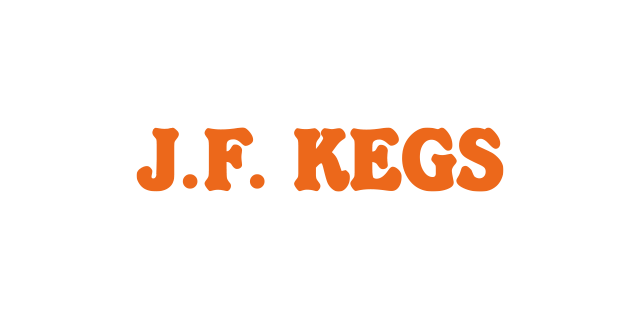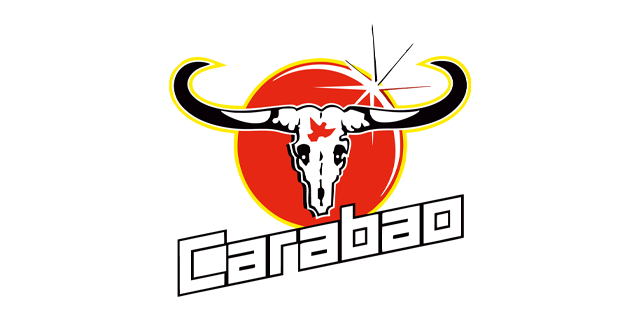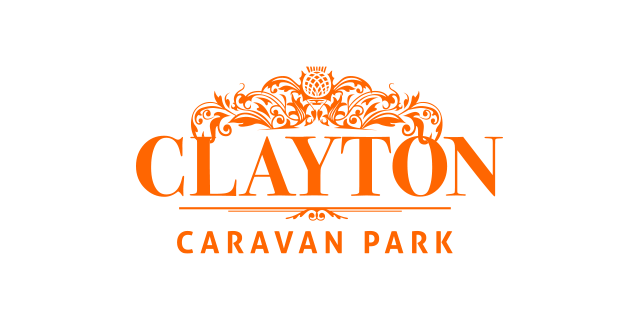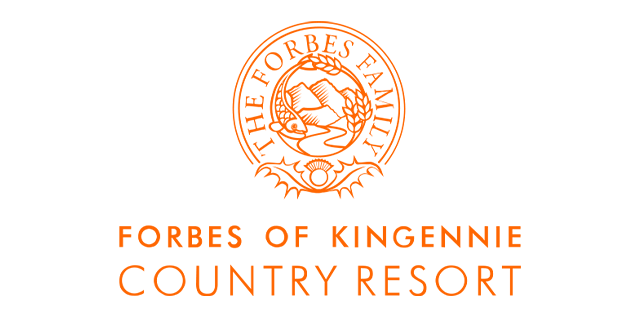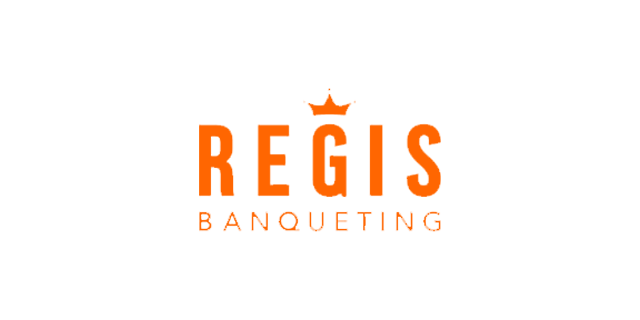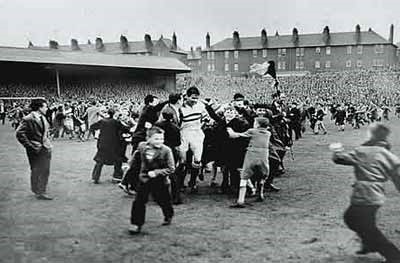
Promotion at last! Ron Yeats and his team-mates are mobbed as a 1-0 win over Berwick Rangers ensures the return of First Division football to Tannadice for the first time in 28 years.
The immediate post Second World War era did not bring with it any imminent prospect of success at Dundee United. The Manager by then was Willie MacFadyen and with the benefit of a reserve side, he began to build for the future. However, after a transitional season in the Southern League B Division, the Club struggled along in the lower half of the Second Division until the end of the decade. One match of note took place in January 1949 against Celtic in a Scottish Cup tie at Tannadice. United won 4-3 and it might have been more had the referee not disallowed three other goals. The following season brought a respectable seventh place league finish and the benefits of the Club’s policy of bringing through young players began to bear fruit.
1950-51 ended with United in fourth place and a year later they finished in the same position but the Directors decided to drop the reserve side in 1952-53. The effect on performances was detrimental as United slipped to eighth and then fifteenth in successive campaigns. New Manager Reggie Smith then took charge and briefly had United on the right track but he left to take over at Falkirk in 1957. However, by that time a crucial decision had been made at Board level. Based on a similar scheme at Nottingham Forest, Dundee United Sportsmen’s Club was formed with the specific aim of raising money to redevelop the stadium and provide funds to buy players. A steady flow of cash was soon on stream, achieved through the introduction of a football pool called Taypools. Within a year, the Sportsmen’s Club had provided enough to pay for the covered area now known as ‘The Shed’. Cash was provided for players also, but that did not guarantee success on the pitch and at the end of 1958-59, United finished third bottom of the Second Division.
A new Manager, Jerry Kerr was in place by the start of the next season. The Directors asked him to provide a stable platform for success but Kerr delivered much more. With astute player purchases, he transformed the team and won promotion to the First Division in his first season. The change in the fortunes of Dundee United from that point on is incredible. With the money from Taypools, the Club soon had a new stand completed and improved all the standing areas at Tannadice. There was also more than enough to pay wages and transfer fees for players, whilst in the reserves some young talent emerged.
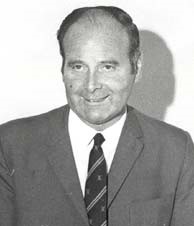
A best ever ninth place finish in the First Division was achieved in 1960-61 and a year later United were just one place worse off at the end of a second season in the top flight but Kerr had achieved what no other Dundee United Manager had – a third year in succession in the First Division. Over the next three years, United just got better until 1965-66 ended in a fifth place finish. Kerr had continued to find and develop players, including imports from Scandinavia. The Club had already gained a reputation for attacking, entertaining football and their standing was enhanced further in the following season as United entered European competition for the first time. They took on Spanish giants and Fairs Cities Cup holders Barcelona, beating them in the away leg and the home leg to set up another top tie against Juventus. Unfortunately, they went out at that stage but the name of Dundee United was noted on the continent as one to be respected. United’s high profile during 1966-67 and in particular the matches against Barcelona and Juventus resulted in a summer invitation to the USA to take part in the North American Soccer League in which they played as Dallas Tornado.

Within a couple of years, all the Scandinavian players had returned home but United continued to prosper. A fifth place finish in 1968-69 brought entry into the Fairs Cities Cup again and it also brought a return trip to the USA to take part in the International League over the summer. The most important and lasting result from that trip was a change of colours as United dropped the black and white in favour of tangerine as worn by Dallas Tornado. Despite falling to holders Newcastle United at the first hurdle of the Fairs Cities Cup, 1969-70 was another good season, with United repeating their fifth place finish and looking forward to European nights again.









